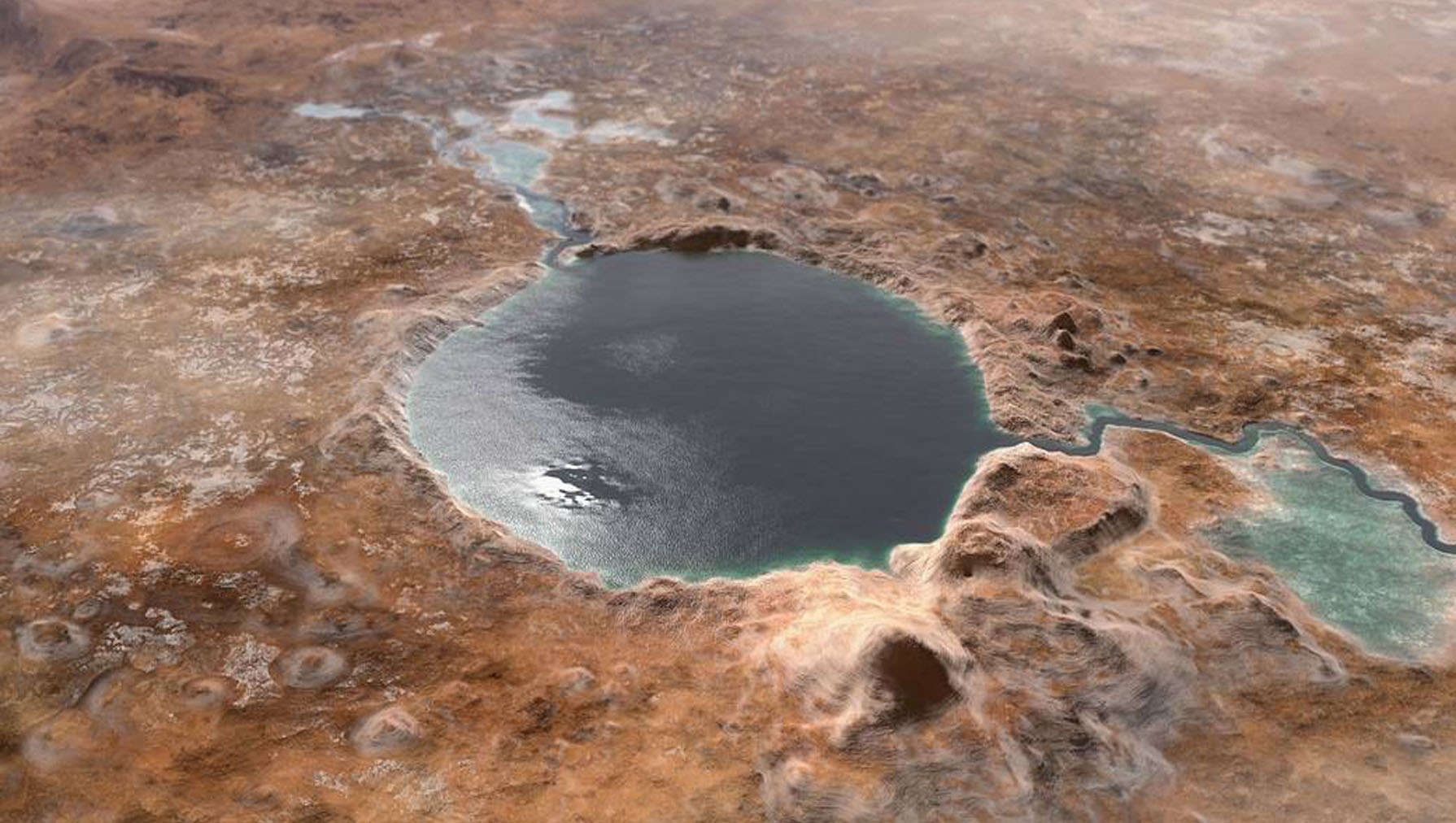Create a free profile to get unlimited access to exclusive videos, sweepstakes, and more!
If Mars ever had life, it could have found a way in the subterranean depths

What could possibly live (or have lived) on the brutal frozen wastelands of Mars, which are bombarded by cosmic rays that burn through whatever remnants of an atmosphere it has?
The question isn’t what might have lived on the surface of the Red Planet — it’s what life-forms could have existed deep in the bowels of the planet. Mars is so inhospitable to life that most scientists believe any hypothetical organisms, extant or extinct, must have found subterranean shelter. These organisms would have been safe if they burrowed deep enough to escape radiation, but there is also the extreme cold to contend with. Now a group of researchers believe that anything that intends or intended to stay alive must have gone deeper than anyone ever imagined.
The “faint young Sun paradox” could provide a new answer to a huge lingering question about Martian habitability. Four billion years ago, the Sun was much fainter, so Mars must have been glacial. The thing is that evidence of liquid water on the planet around that time contradicts such extreme cold. The Rutgers scientists who recently published a study in Science Advances believe that if Mars had a lot of geothermal heat coming from radioactive decay near its core, that would have been enough heat to keep water liquid in the depths. If there was liquid water deeper than any rover has ever probed, it could mean that life as we know it may have once existed there.
“Regardless of the actual nature of the ancient martian climate, the subsurface would have been the most habitable region on Mars,” said Lujendra Ojha, an assistant professor in the Department of Earth and Planetary Sciences at Rutgers University, who led the study.
You might have not needed sunglasses if you were walking on Mars during the Noachian era (4.1 to 3.7 bilion years ago). The sun was younger and not nearly as bright as it is now. Stars are powered by nuclear fusion. They are made of mostly hydrogen and helium, and in their cores, they generate enough pressure to fuse hydrogen into helium.
Stars are born from gargantuan clouds of dust and gas, and those that accumulate enough mass have the pressure and heat that it takes to pull off nuclear fusion. The heavier the element, the more pressure needed to fuse together two atoms, but even lighter elements like hydrogen take an immense amount of pressure to fuse their single protons into a helium atom, which has two protons.
The young Sun did not blaze as much billions of years ago because it hadn’t yet matured enough for nuclear fusion to really take off, accelerate and level up its brightness. It is thought to have been too faint to melt the impenetrable ice on the surface of Mars. So what can explain the evidence of liquid water flowing on what should have been a frozen planet?
Something that happens on Earth and other rocky planets may be the answer to that. Radioactive elements deep within these planets decay and release geothermal heat that is capable of melting ice from underneath, leaving behind ghosts of riverbeds and other chemical and geological proof of their existence. The Terra Sirenum region on Mars has high concentrations of chemicals that are the result of ice melting into water and then evaporating. However, liquid water could not stay near the surface for long after Mars lost its magnetic field and ended up exposed to killer radiation.
“Even if Mars was once a warm and wet planet, over time, with the loss of the magnetic field, atmospheric thinning, and subsequent drop in global temperatures, liquid water would have been stable primarily in the subsurface,” Ojha said.
Why Mars lost its magnetic field still remains unclear, but liquid water is now thought to have seeped deeper and deeper into the subsurface as radiation bombing on the surface worsened. Any life that depended on that water must have either gone extinct or followed it further and further down, adapting as it went. There are creatures on Earth that used to live on the surface, but have since turned into cave dwellers that evolved features specialized for that lifestyle. This could have happened to any hypothetical life-form that may have lived on Mars.
If life, uh, found a way on Mars and escaped into the eldritch depths, maybe it still lurks there, just waiting for the probe that ventures deep enough to find it.



























